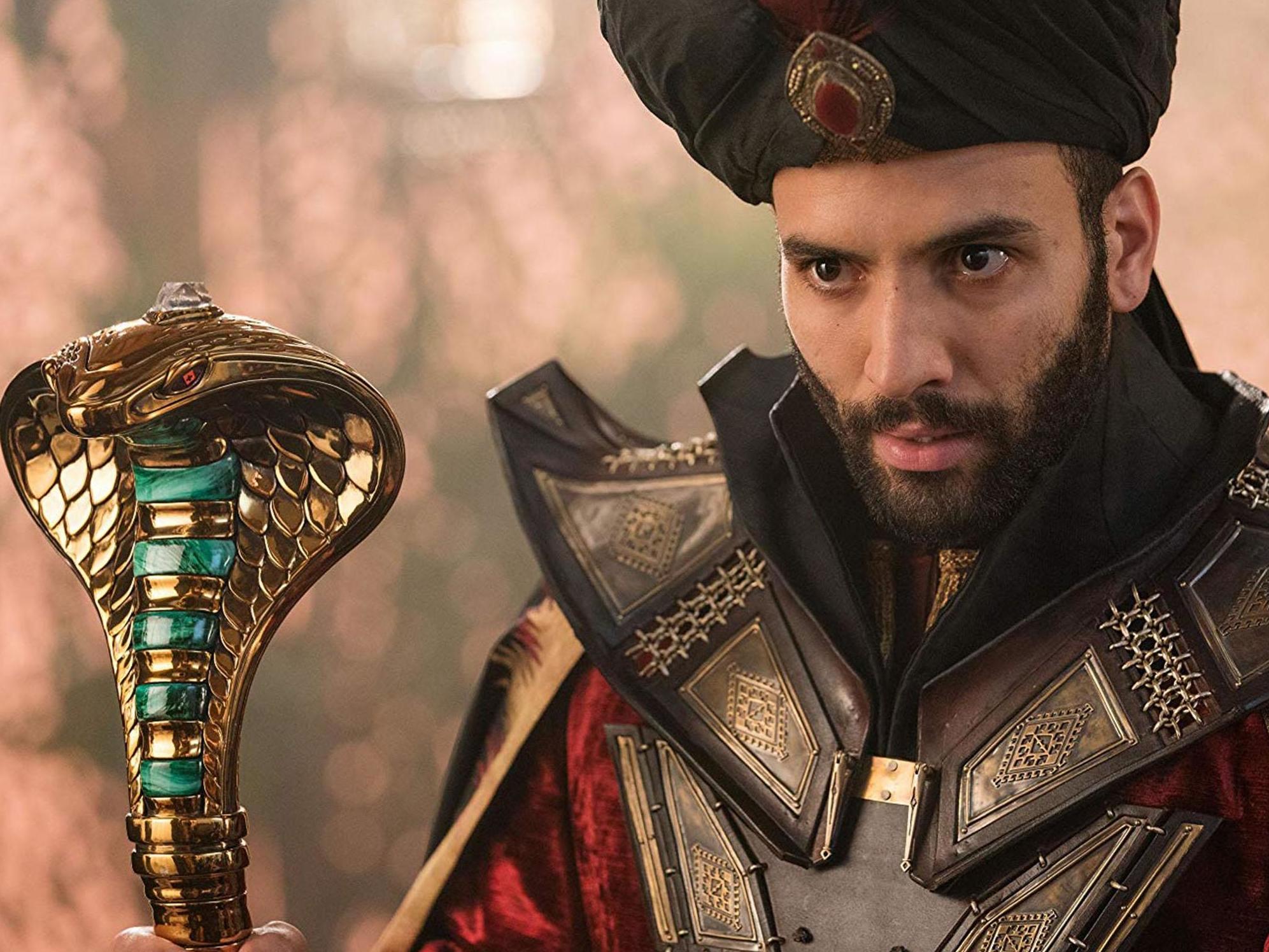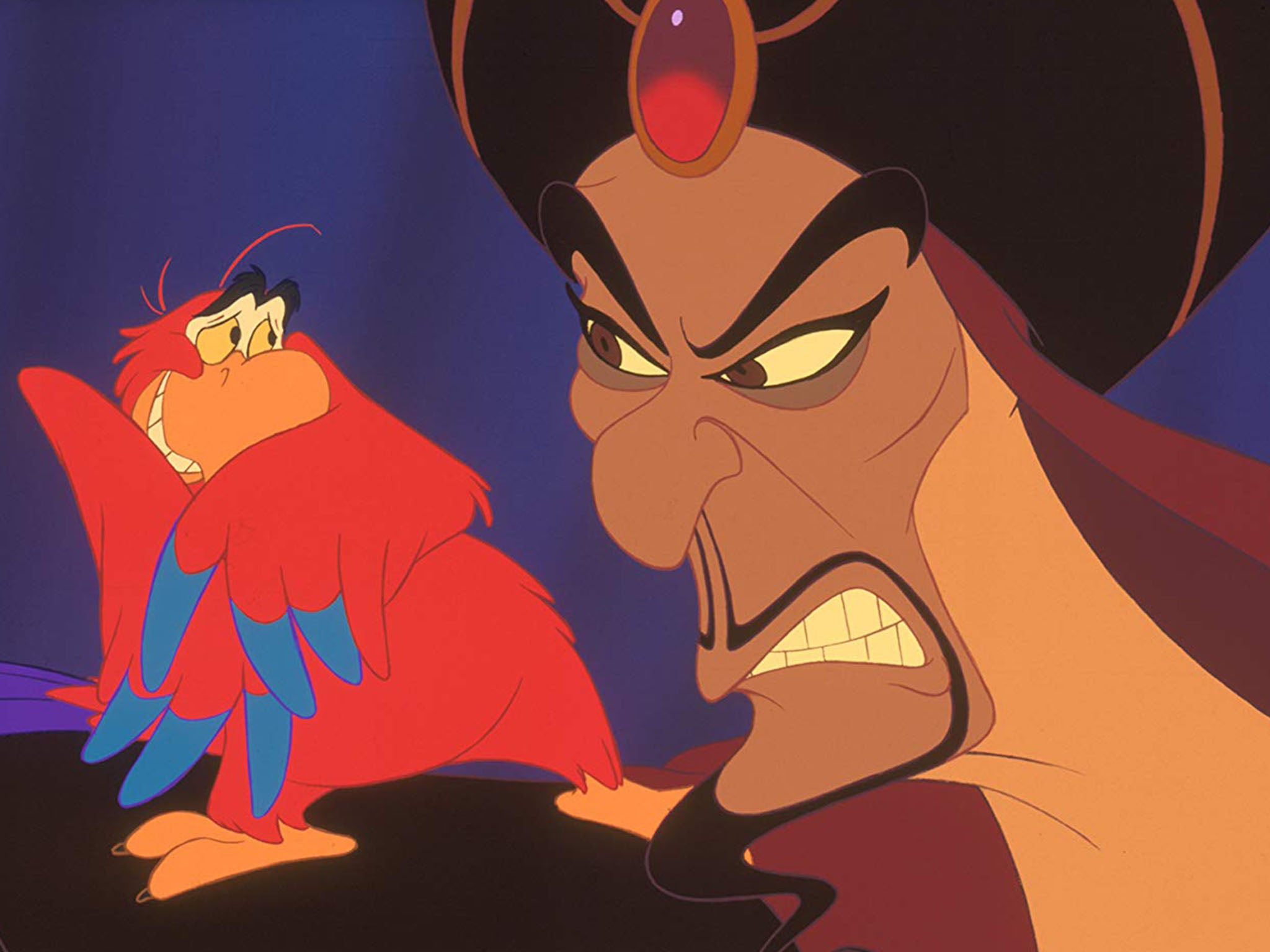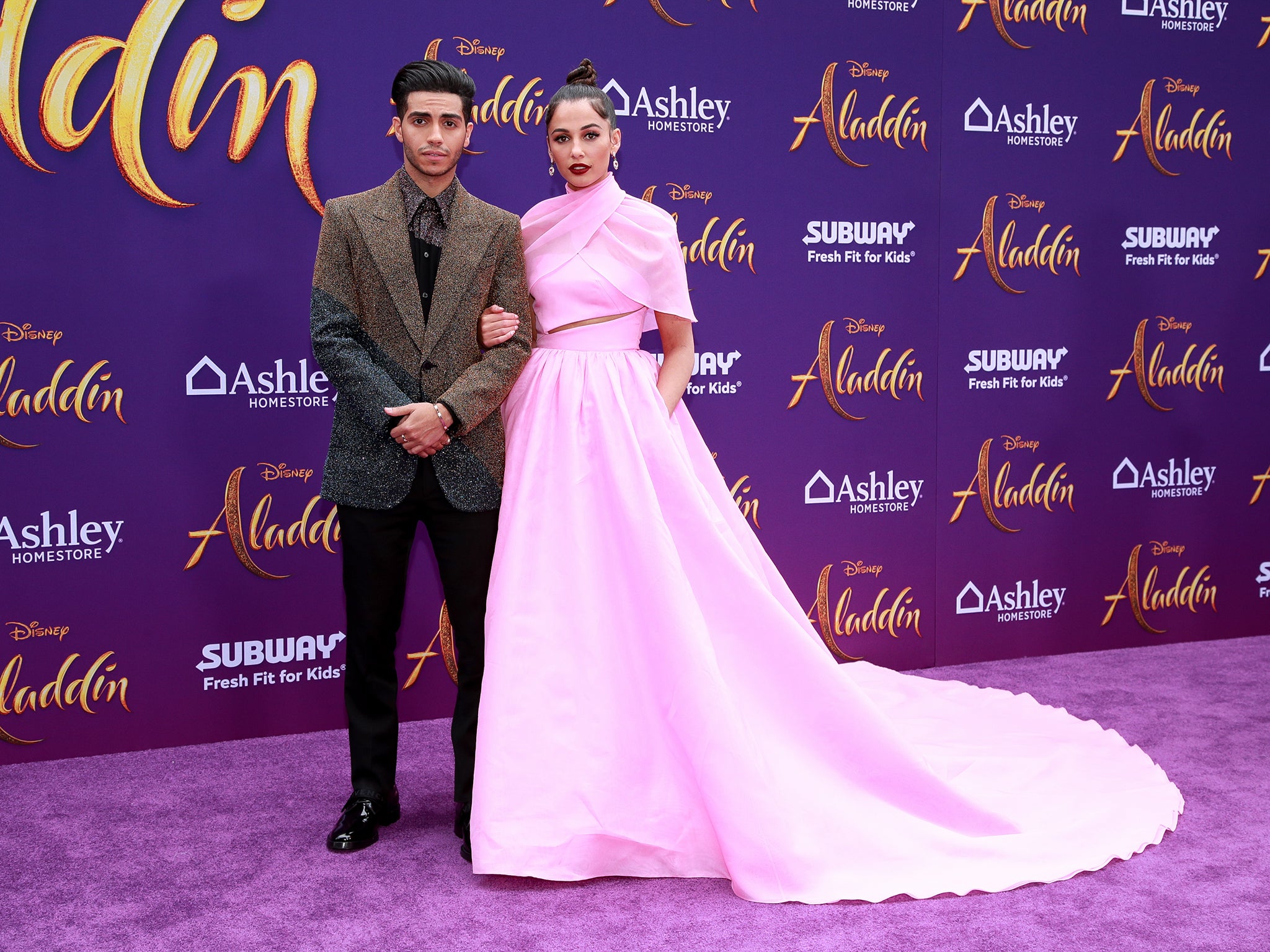The new live-action Aladdin seeks to break Hollywood stereotypes, with mixed results
The film tries to break away from past racist Arab portrayals, and has some success through mostly ethnically correct casting, says Evelyn Alsultany, but falls short by maintaining cliched exoticism

Your support helps us to tell the story
From reproductive rights to climate change to Big Tech, The Independent is on the ground when the story is developing. Whether it's investigating the financials of Elon Musk's pro-Trump PAC or producing our latest documentary, 'The A Word', which shines a light on the American women fighting for reproductive rights, we know how important it is to parse out the facts from the messaging.
At such a critical moment in US history, we need reporters on the ground. Your donation allows us to keep sending journalists to speak to both sides of the story.
The Independent is trusted by Americans across the entire political spectrum. And unlike many other quality news outlets, we choose not to lock Americans out of our reporting and analysis with paywalls. We believe quality journalism should be available to everyone, paid for by those who can afford it.
Your support makes all the difference.Though critically acclaimed and widely beloved, the 1992 animated Aladdin feature had some serious issues with stereotyping.
Disney wanted to avoid repeating these same problems in the live action version of Aladdin, which came out on 24 May. So they sought advice from a Community Advisory Council comprised of Middle Eastern, south Asian and Muslim scholars, activists and creatives. I was asked to be a part of the group because of my expertise on representations of Arabs and Muslims in the US media.
The fact that a major studio wants to hear from the community reflects Hollywood’s growing commitment to diversity.
But while the live action Aladdin does succeed in rectifying some aspects of Hollywood’s long history of stereotyping and whitewashing Middle Easterners, it still leaves much to be desired.
Magical genies and lecherous sheikhs
In his seminal 1978 book Orientalism, literature professor Edward Said argued that western cultures historically stereotyped the Middle East to justify exerting control over it.
Orientalism in Hollywood has a long history. Early Hollywood films such as The Sheik and Arabian Nights portrayed the Middle East as a monolithic fantasy land – a magical desert filled with genies, flying carpets and rich men living in opulent palaces with their harem girls.
While these depictions were arguably silly and harmless, they flattened the differences among Middle Eastern cultures, while portraying the region as backwards and in need of civilising by the west.
Then came a series of Middle Eastern conflicts and wars: the Arab-Israeli war of 1967, the Arab oil embargo of 1973, the Iran hostage crisis and the Gulf War. In American media, the exotic Middle East faded; replacing it were depictions of violence and ominous terrorists.
As media scholar Jack G Shaheen observed, hundreds of Hollywood films over the past 50 years have linked Islam with holy war and terrorism, while depicting Muslims as either “hostile alien intruders” or “lecherous, oily sheikhs intent on using nuclear weapons”.

Watch Apple TV+ free for 7 days
New subscribers only. £8.99/mo. after free trial. Plan auto-renews until cancelled

Watch Apple TV+ free for 7 days
New subscribers only. £8.99/mo. after free trial. Plan auto-renews until cancelled

Cringeworthy moments in the original ‘Aladdin’
Against this backdrop, the Orientalism of Disney’s 1992 animated Aladdin wasn’t all that surprising.
The opening song lyrics described a land “where they cut off your ear if they don’t like your face” and declared, “It’s barbaric, but hey, it’s home!”
When the American Arab Anti-Discrimination Committee protested the lyrics, Disney removed the reference to cutting off ears in the home video version but left in the descriptor “barbaric”.
Then there were the ways the characters were depicted. As many have noted, the bad Arabs are ugly and have foreign accents while the good Arabs – Aladdin and Jasmine – possess European features and white American accents.
The film also continued the tradition of erasing distinctions between Middle Eastern cultures. For example, Jasmine, who is supposed to be from Agrabah – originally Baghdad but fictionalised because of the Gulf War in 1991 – has an Indian-named tiger, Rajah.

Questionable progress
After 9/11, a spate of films emerged that rehashed many of the old terrorist tropes. But surprisingly, some positive representations of Middle Eastern and Muslim characters emerged.
In 2012, I published my book Arabs and Muslims in the Media: Race and Representation after 9/11. In it, I detail the strategies that writers and producers used after 9/11 to offset stereotyping.
The most common one involved including a patriotic Middle Eastern or Muslim American to counterbalance depictions as terrorists. In the TV drama, Homeland, for example, Fara Sherazi, an Iranian American Muslim CIA analyst, is killed by a Muslim terrorist, showing that “good” Muslim Americans are willing to die for the United States.
But this didn’t change the fact that Middle Easterners and Muslims were, by and large, portrayed as threats to the west. Adding a “good” Middle Eastern character doesn’t do much to upend stereotypes when the vast majority are still appearing in stories about terrorism.
Another strategy also emerged: reverting to old Orientalist tropes of the exotic, romantic Middle East. Maybe writers and producers assumed that depicting the Middle East as exotic would be an improvement over associating it with terrorism.
The 2004 film Hidalgo, for example, tells the story of an American cowboy who travels to the Arabian desert in 1891 to participate in a horse race. In classic Orientalist fashion, he saves the rich sheik’s daughter from his evil, power-hungry nephew.
The 2017 movie Victoria and Abdul depicts an unlikely friendship between Queen Victoria and her Indian-Muslim servant, Abdul Karim. While the film does critique the racism and Islamophobia of 19th century England, it also infantilises and exoticises Abdul.
Nonetheless, some glaring problems persisted. Jake Gyllenhaal was cast in the lead role of The Prince of Persia: The Sands of Time (2010), while Christian Bale and Joel Edgerton were cast in Exodus: Gods and Kings (2014) as Egyptian characters.
Why were white actors assuming these roles?
When challenged, producer Ridley Scott infamously said that he can’t “say that my lead actor is Mohammad so-and-so from such-and-such. I’m just not going to get it financed.”
Does the new ‘Aladdin’ make strides?
Perhaps in a desire to avoid the mistakes of the past, Disney executives sought advice from cultural consultants like me.
There’s certainly some notable progress made in the live-action Aladdin.

Egyptian Canadian actor Mena Massoud plays Aladdin. Given the dearth of people of Middle Eastern descent in lead roles, the significance of casting Massoud cannot be overstated. And despite the fact that some white extras had their skin darkened during filming, Disney did cast actors of Middle Eastern descent in most of the main roles.
Casting Indian British actress Naomi Scott as Jasmine was controversial; many hoped to see an Arab or Middle Eastern actress in this role and wondered whether casting someone of Indian descent would simply reinforce notions of Oriental interchangeability. Nonetheless, the film does note that Jasmine’s mother is from another land.
The biggest problem with the 2019 Aladdin is that it perpetuates the trend of reverting to magical Orientalism – as if that’s a noteworthy improvement over terrorist portrayals. In truth, it’s not exactly a courageous move to trade explicit racism for cliched exoticism.
To be fair, Aladdin distinguishes itself from Hidalgo and other Orientalist films of this trend by not revolving around the experiences of a white protagonist.
However, once again, characters with American accents are the “good guys” while those with non-American accents are mostly, but not entirely, “bad”. And audiences today will be as hard pressed as those in 1992 – or 1922, for that matter – to identify any distinct Middle Eastern cultures beyond that of an overgeneralised “east”. Belly dancing and Bollywood dancing, turbans and keffiyehs, Iranian and Arab accents all appear in the film interchangeably.
Just as making positive tweaks within a story about terrorism doesn’t accomplish much, so does making positive tweaks within a story about the exotic east. Diversifying representations requires moving beyond these tired tropes and expanding the kinds of stories that are told.
Aladdin, of course, is a fantastical tale, so questions about representational accuracy might seem overblown. It is also a really fun movie in which Mena Massoud, Naomi Scott and Will Smith all shine in their roles. But over the past century, Hollywood has produced over 900 films that stereotype Arabs and Muslims – a relentless drumbeat of stereotypes that influences public opinion and policies.
If there were 900 films that didn’t portray Arabs, Iranians and Muslims as terrorists or revert to old Orientalist tropes, then films like Aladdin could be “just entertainment”.
Until then, we’ll just have to wait for the genie to let more nuanced and diverse portrayals out of the lamp.
ssociate professor of American studies and ethnicity at the University of Southern California. This article first appeared on The Conversation
Join our commenting forum
Join thought-provoking conversations, follow other Independent readers and see their replies
0Comments